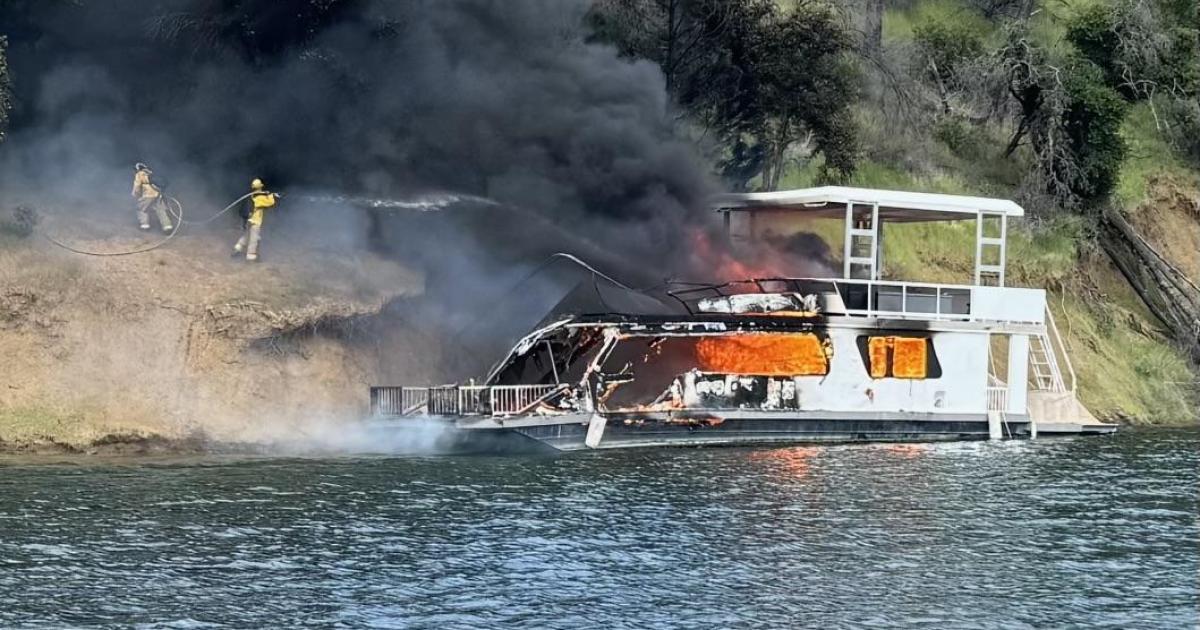Stormy Weather Lifts Much Of San Francisco Bay Area Out Of Extreme Drought Conditions
SAN FRANCISCO (CBS SF) -- After months of being locked in the grip of an extreme drought, December's wintery onslaught has dumped several inches of rain in the San Francisco Bay Area and more than 11 feet of snow in the Sierra to considerably eased those parched-dry conditions.
According to the federal drought monitor update issued Thursday, nearly the entire Bay Area has emerged from the extreme drought designation.
Only the Tri-Valley area of the East Bay remained extremely water challenged. Still on the monitor map, the Bay Area was shaded in orange, showing the region remains in a severe drought.
KPIX 5 meteorologist Darren Peck explains the update
"Let's not forget, orange is still classified as severe drought," said KPIX 5 meteorologist Darren Peck. "So it's not like the drought is over, but boy have we made progress and I don't want to downplay that."
Since the water weather season began on Oct. 1, San Francisco has received 16.16 inches of rain or 201 percent of what normal would be this time of year.
Livermore has gotten 10.78 inches or 213 percent, Santa Rosa 21.45 inches or 185 percent and San Jose 6.64 inches or 165 percent.
"You just don't get out of a drought like that," Peck said snapping his fingers. "But if you are to get out of a drought, this how you do it. This is a huge step in the right direction. You can't do it one month, but you can certainly make a huge improvement and move down that road in a meaningful way."
While state officials will be doing an official measurement of the water content of the snowpack later on Thursday, weather sensors planted in the Sierra have reveal a remarkable rebound from an extremely dry November.
Among staggering snowfall totals in the Sierra, the Northstar resort at Lake Tahoe reported 135 inches -- more than 11 feet -- since Dec. 21.
Gov. Gavin Newsom activated the State Operations Center to monitor storm conditions.
"I strongly encourage all Californians to avoid making the situation worse and refrain from traveling on mountain roads until conditions improve," he said.
While the snowfall totals are impressive, it's the amount of water contained in the snowpack that is the most important measurement.
"It's how much water is stored in the snowpack that is most important in terms of the drought," Peck said. "For some of the higher elevations of the Sierra, we are looking at anywhere from 25 to 30 inches (of stored water). In other words, if you took all the snow that was there... If you took the 6-7 feet of snow and melted it down, you'd have about 2 feet of standing water."



